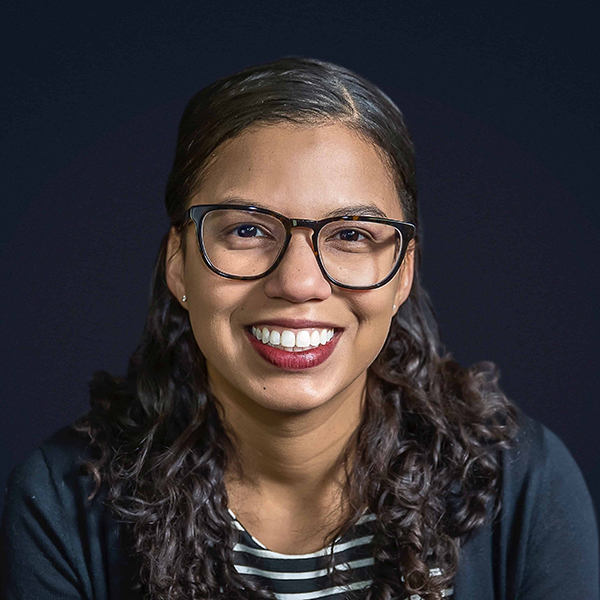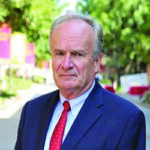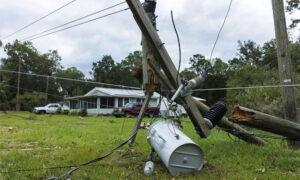Facing severe droughts and other threats posed by climate change, California policymakers must find ways to conserve water and generate clean energy that doesn’t pollute the air.
Two researchers from the USC Price School of Public Policy are examining a possible solution to both problems.
Professor Detlof von Winterfeldt and Assistant Professor Santina Contreras are part of a research project analyzing the viability of deploying “solar canals” – covering large sections of California’s 4,000 miles of exposed canals with solar panels. The California Solar Canal Initiative (CSCI) aims to identify the best opportunities for solar canals throughout the state, both where they make sense and where they don’t.
Solar canals have the potential to produce several benefits: reducing evaporation of vital water, conserving land by using existing infrastructure, and generating electricity more sustainably. The projects could also provide economic benefits to the communities where solar canals are built.

“As these big environmental questions continue to come up, it requires thinking about them from different viewpoints and gives us the chance to come up with holistic solutions,” Contreras said. “The interesting thing about the solar canals project is that it inherently has a little bit of that already because it can potentially address two issues. That’s what has attracted people to it: Could we get more bang for our buck? Can we do two things at once?”
CSCI will provide state agencies, utilities, policymakers, developers, and other stakeholders with an analysis and an online decision-making tool to help identify the ideal locations for solar canals across the state.
CSCI is one of the most ambitious multi-benefit academic research projects in California’s history, with faculty experts from seven universities, including USC, participating. The initiative is a partnership between USC Dornsife Public Exchange and Solar AquaGrid, a private firm that’s also developing a pilot project – Project Nexus – in California. Impactful academic endeavors like this one are a priority for the USC Price School, which plans to focus more on sustainability under new Dean Chris Boone, a leading expert in sustainability.
The initiative’s academic experts will research five areas in phases over the coming years, including: data for scaling the technology, policy and regulations, economic comparisons, community resilience and benefits, and the decision-making framework.
The latter part will be led by von Winterfeldt, the initiative’s principal investigator, who is tasked with building an overarching framework to identify priority locations for solar deployments and locations where solar may not be suitable. An expert in decision analysis and environmental policy, von Winterfeldt used similar frameworks in the past to analyze decisions involving multiple criteria and stakeholders.

Currently, von Winterfeldt, who is the J.A. Tiberti Chair of Ethics and Decision Making at the USC Viterbi School of Engineering, is identifying and interviewing stakeholders related to solar canals. Those interviews could reveal, for example, that indigenous tribes along the canals may have concerns, or operational challenges to cleaning canals with solar panel covers.
“We are interviewing stakeholders partly because you want to make sure that all of the concerns are covered,” said von Winterfeldt, Executive Director at the USC Center for Sustainability Solutions. “We want to know now, before you go through licensing and all the bureaucratic things.”
Contreras, an expert in environmental planning and community engagement, is part of the group analyzing community resilience and benefits. She and colleagues will evaluate how solar canal projects’ impacts and benefits are distributed among communities and how they can be designed to support underserved and disadvantaged communities.
Research is just beginning, but potential questions include whether construction of the canals can bring jobs and other economic benefits to the communities where they’re built – or if the projects will bring noise, pollution or other downsides.
“The larger exercise is thinking about what those things are and then thinking about whether there are ways we can distribute positives that bring additional benefits for some of these spaces,” Contreras said.
The statewide project is even giving Contreras the chance to work with a familiar face: David Feldman, a Professor at UC Irvine who was on Contreras’ PhD committee.
“It’s been interesting and fun to see how all of these experts across the state are being pulled together to work on this topic,” she said.






